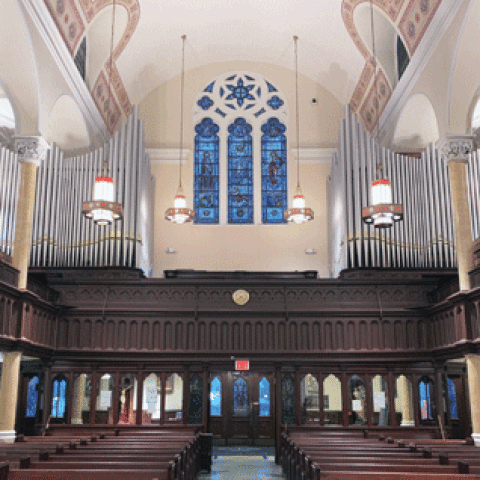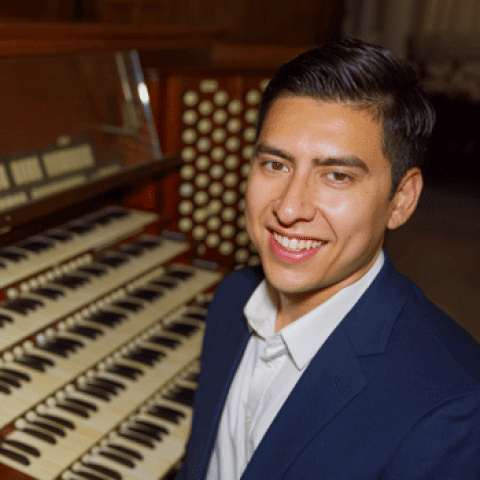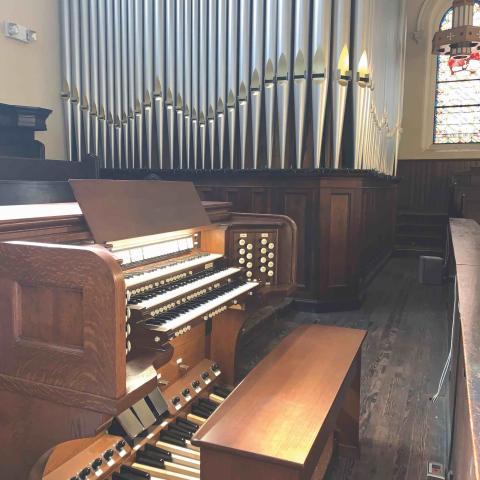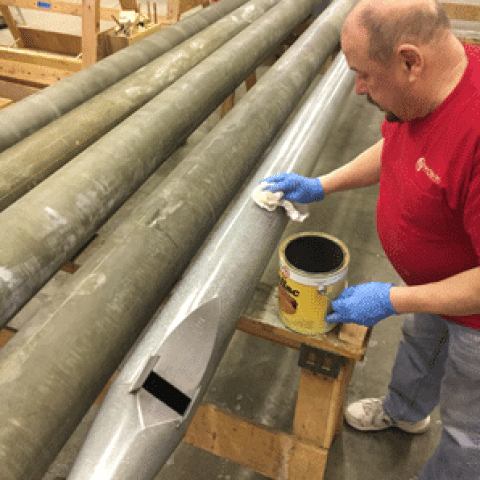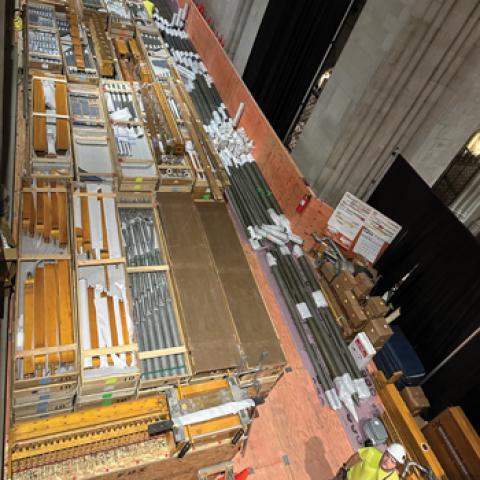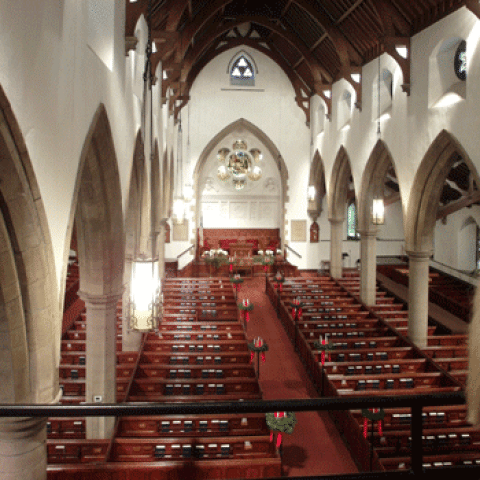Foley-Baker crew hoists the console at Holy Cross Catholic Church, New York City.
Foley-Baker renovated and reinstalled Aeolian-Skinner Opus 908 after 10 years in storage.
The project is featured on the cover of the June issue of The Diapason: https://www.thediapason.com/news/foley-baker-renovates-aeolian-skinner-opus-908
For information: foleybaker.com

